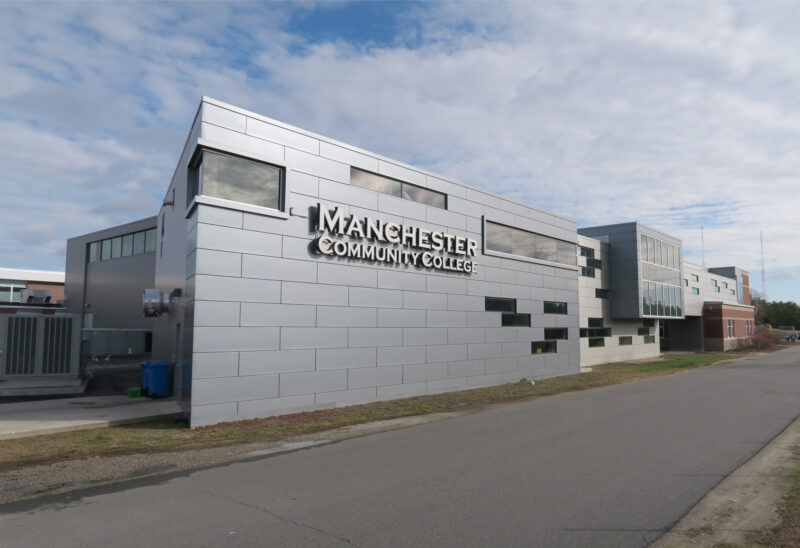On a recent Thursday night, a crowd assembled at the Rochester Opera House, a venerable arts institution in a scrappy town 23 miles from Portsmouth.
People had come to watch a preview of a documentary on the Vietnam War and participate in a community discussion. There was not exactly rock-concert-level buzz, but the event brought 200 people downtown on a weeknight. Some ate in Revolution (one of New Hampshire Magazine’s Best New Restaurants in 2015) or in the new Magrilla’s or the Lilac City Grill. Some filled gas tanks, some did errands in town.
One way or another, they all left money behind.
Where the arts thrive, research shows, money (and jobs) follow.
A recent study by Americans for the Arts, which has, for decades, compiled and analyzed data on the arts economy in the United States, found that in just four regions of New Hampshire, the nonprofit arts and culture industry packs an economic punch of $120 million — including supporting almost 4,000 full-time equivalent jobs, generating $81.7 million in household income and $12.5 million in local and state government revenue.
“It’s an exciting time for arts and culture in New Hampshire,” said Randy Cohen, vice president of research and policy at Americans for the Arts. “What the study really shows is that arts organizations are businesses, they employ people locally, they are members of Chambers of Commerce, they help drive tourism. They are good business citizens.”
“A vibrant arts and cultural community is a magnet for people,” said Jeffrey Rose, commissioner of the New Hampshire Department of Natural and Cultural Resources. “And we are working to drive people to New Hampshire, to attract and retain young people.” Expanding the arts and culture sector of the economy, he said, will help do that — and help other sectors expand as well.
On a national scale, the Arts & Economic Prosperity 5 survey showed that nonprofit arts and culture comprises a $166.3 billion industry that produces $27.5 billion in government revenue while supporting 4.6 million full-time equivalent jobs (jobs at nonprofit arts organizations account for a larger percentage of the U.S. workforce than police officers, lawyers or computer programmers). The study focused on 341 communities in 50 states and the District of Columbia.
“The inherent, soul-enriching qualities of art is an argument that we have leaned on for decades: the good it has done for our souls and the soul of our democracy,” said Mike Teixeira, a business owner and chair of Art-Speak, Portsmouth’s cultural commission. While those things remain true, this study also helps people understand the arts “as part of business and economy solutions.”
The study did not factor in the price of admission, and it only surveyed nonprofit arts institutions and audiences — leaving out for-profit movie theaters, concert venues and art galleries.
“These are very conservative numbers that should be viewed as a floor — but we all intuitively know that the impact is far greater,” Rose said. Anthony Ejarque, executive director of the Rochester Opera House, said the study provides valuable, objective analysis — “not just ‘wow, it was busy downtown because we had a show.’”
The Opera House recently added the Performance and Arts Center to the local arts scene. The previously vacant Main Street space has been gutted and renovated and is now home to afterschool arts programming, classes, camps, workshops and a performance and recording space. A local bank owns the space and is allowing the nonprofit to use it for free, with an option to buy. Local contractors did the framing, the plumbing, the electrical, the HVAC. Supplies for the project came from local vendors.
“You’re not pouring resources into a black hole of goodness,” by supporting the arts, said Jessica Gelter of Arts Alive! in Keene. “The money and resources go into a business that recirculates dollars and recirculates them locally. That money pays for employees who own houses and pay taxes.”
"You’re not pouring resources into a black hole of goodness by supporting the arts."— Jessica Gelter of Arts Alive! in KeeneTweet This
Rochester’s numbers were not the state’s highest, but they may have been the most surprising: The study found that in the city of Rochester, spending by the arts and culture industry and its audiences totaled $12.3 million — more than double the $5.3 million median for communities its size nationwide. The nonprofit arts sector generated $8.1 million in household income and $1 million in local and state government revenue while supporting 405 full-time equivalent jobs.
Portsmouth — which has remade itself over four decades into an arts and cultural magnet — is New Hampshire’s undisputed hot spot, with $58 million in total economic activity in the greater Portsmouth area (“just a huge number for a community that size,” Cohen said). The industry supports 1,825 full-time equivalent jobs, and generates $38.4 million in resident household income and $6.8 million in state and local government revenue.
A downside of Portsmouth’s arts boom: a squeeze in affordable housing and artist studio space.
“One key lesson to take away from what is happening in Portsmouth is to make sure you take inventory of available spaces in your area early on … what can we preserve to create work space for artists?” Teixeira said. “Don’t let development get away from you. I see places like Rochester and Kittery where they still have those untapped spaces … and think, ‘please, city council, get involved now and take an inventory.’”
In the greater Concord area, the industry accounts for $31.2 million in total economic activity, supports 962 full-time equivalent jobs, generates $22.4 million in household revenue and delivers $2.8 million in government revenue.
“The creative economy is one of the fastest-growing sectors of the Greater Concord economy,” said Tim Sink, president of the Greater Concord Chamber of Commerce. “We are confident that Concord is really emerging as a cultural center for the state.”
The Monadnock region, Gelter said “is in the midst of a huge infrastructure boom for arts and culture — from libraries to performing arts venues to makerspaces … we are seeing that all explode.” The arts and culture industry there generates $18.6 million in total economic activity, supports 659 full-time equivalent jobs and generates $12.7 million in local household income and $1.9 million in government revenue.
Arts and culture is one of the six priority areas that the Foundation funds. In the last five years, the Foundation awarded $20 million in grants to support arts and culture organizations.
“The arts are fundamental to community well-being, education, citizenship — and to economic prosperity,” said Katie Merrow, Foundation vice president for community impact. “This study has done a great job of quantifying that economic picture.”
Some communities around the country, recognizing the arts as an important economic driver, have taken steps to reinvest public funds. In St. Louis, Missouri, 4/15 of tax revenue from hotel rooms goes directly to support the regional arts commission.
“If you reinvest in the arts, you are creating more product, putting more feet on the street and more derrieres in café chairs,” Cohen said.
Supporting vibrant arts scenes, Cohen added, is one way to stem brain drain — especially among the coveted millennial workforce.
“When business leaders and human resource professionals ask ‘what is it going to take for you to stay here?’ People are saying ‘you want me to be creative in the workplace … I want to be creative in my life as well.’ Arts festivals, cool restaurants and coffee shops — those aren’t just the province of the big cities anymore.”
The takeaway, said Teixeira: It is time for decision-makers to “stop thinking about the arts as some softie ‘nice-to-have’ in schools and communities, but something that is actually changing the financial picture of their area.”

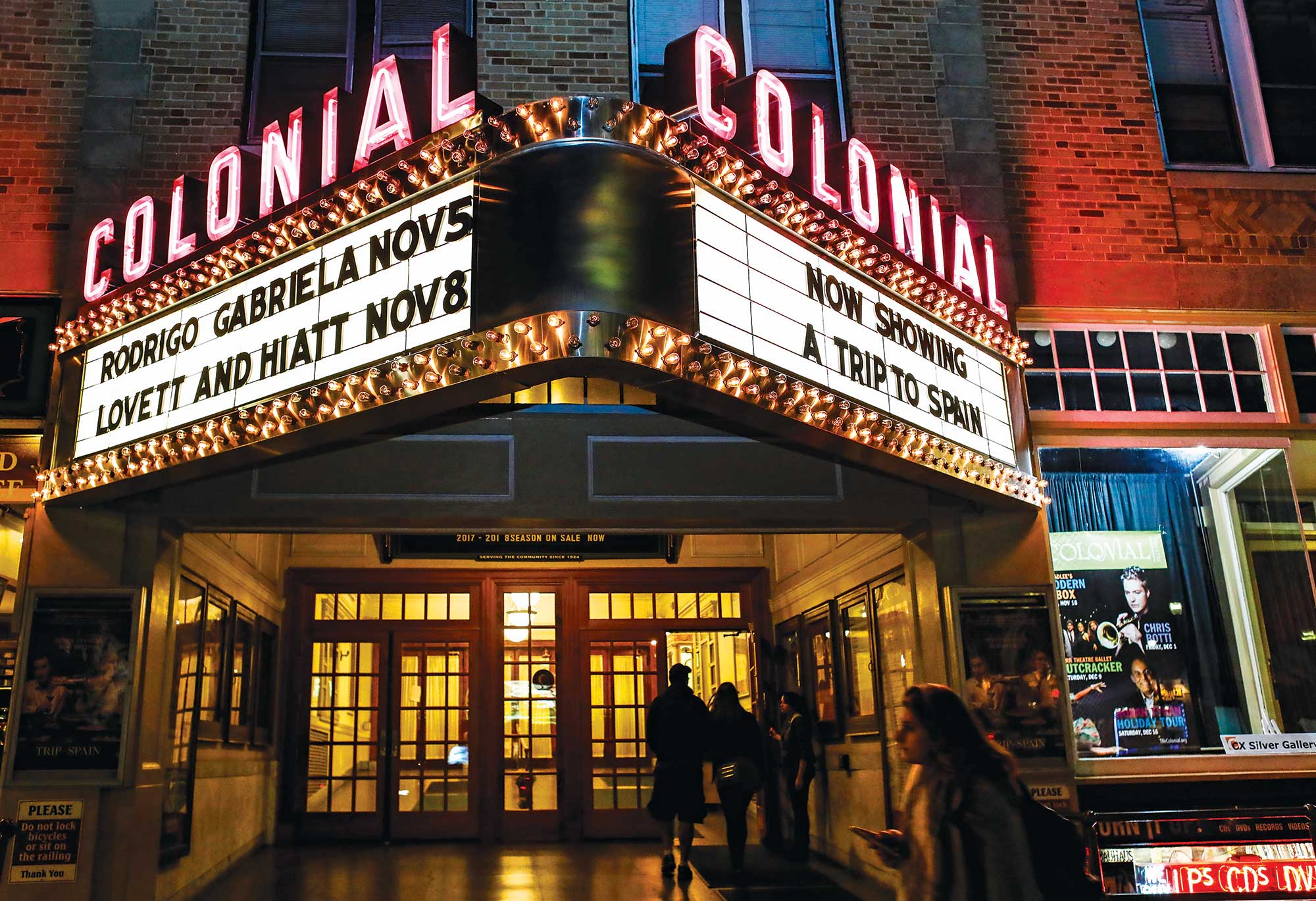






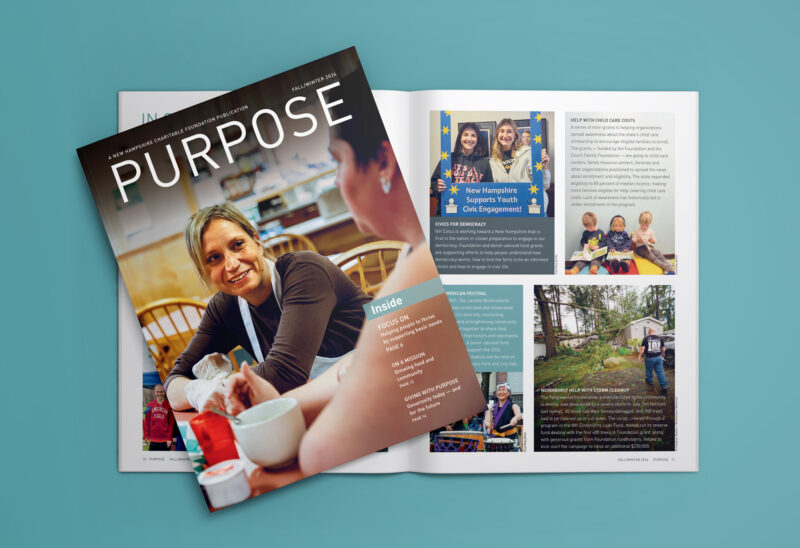

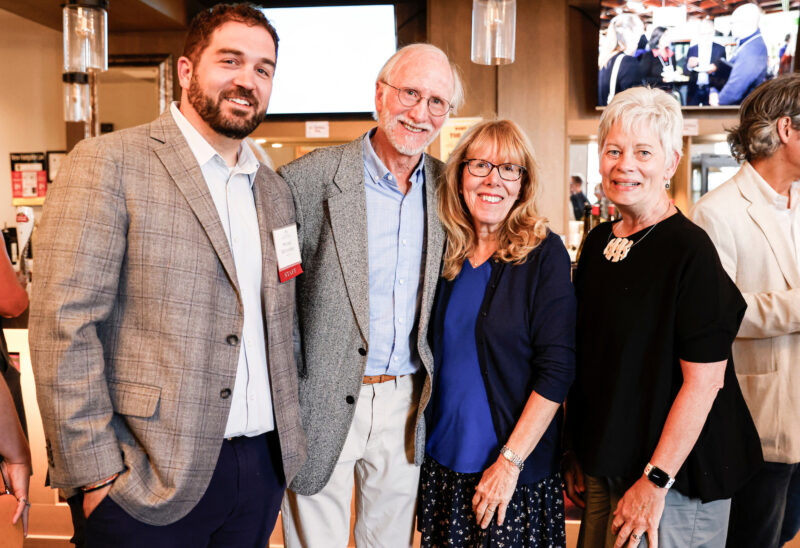
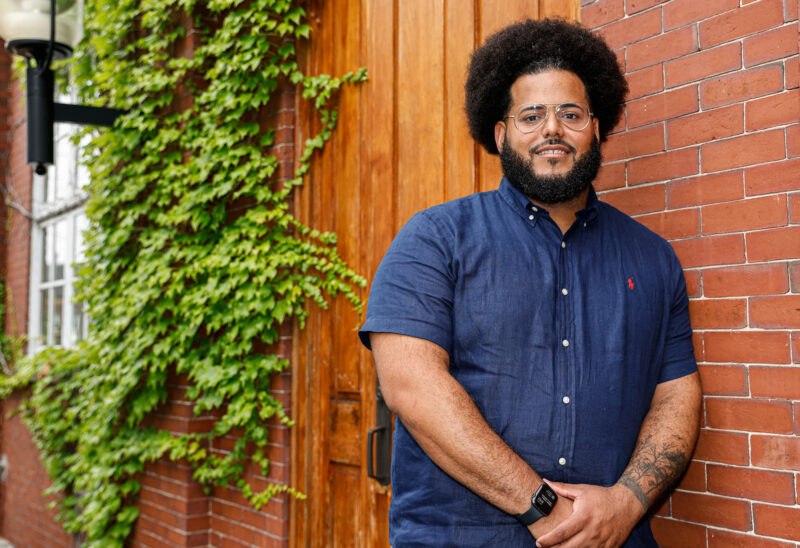

![Rev. Heidi Carrington Heath joined Seacoast Outright. [Photo by Cheryl Senter]](https://www.nhcf.org/wp-content/uploads/2024/05/Heidi-Carrington-Thumbnail-800x548.jpg)
![Dr. Jennie Hennigar treats a patient at the Tamworth Dental Center [Photo by Cheryl Senter]](https://www.nhcf.org/wp-content/uploads/2024/05/TCCAP-Hero-800x548.jpg)

